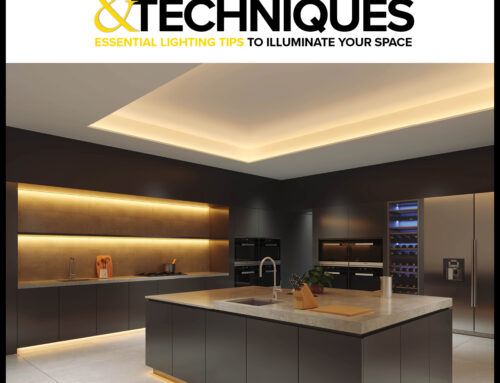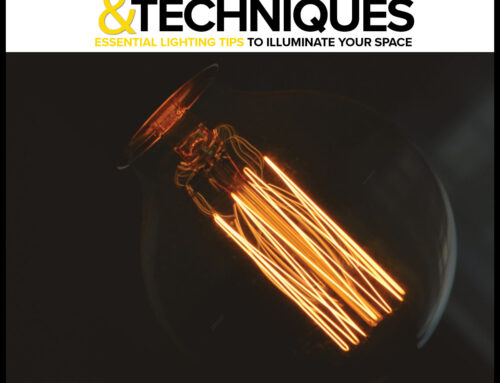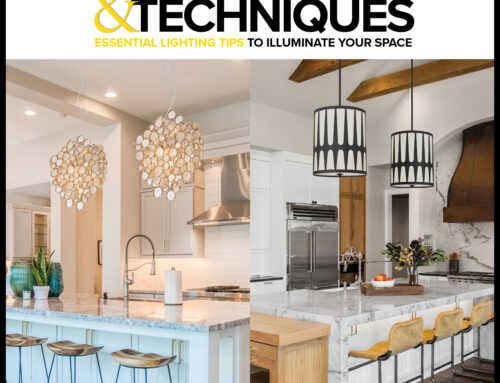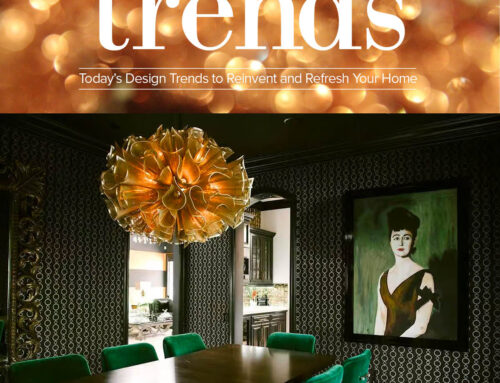Everyone experiences changes in their eyesight as they age. For many, it means buying reading glasses to read a menu, newspaper or other small print. According to the American Lighting Association (ALA), changing the lighting in your surroundings can go a long way to enhance reading ability and increase comfort.
“Often, the first thing people notice as they get older is their loss of ability to see distance,” notes Terry McGowan, director of engineering & technology for ALA and owner of Lighting Ideas in Cleveland. “That happens around age 45, and is called presbyopia. By 60, most people have a ‘fixed focus’ optical system and need glasses. After age 60, eye and visual system changes accelerate, so that less light reaches the eye. Therefore,” McGowan says, “people need more light to see details as they age.”
Basically, the follow changes are occurring:
- reduced visual acuity (ability to see small details);
- reduced contrast sensitivity (harder to see differences between light and dark objects and surfaces);
- reduced color discrimination;
- longer time required to adapt to large and sudden differences in brightness; and
- increased sensitivity to glare.
Paul Eusterbrock, president of Holkötter International, a lighting manufacturer that has championed lighting developments and products to help aging eyes, agrees. “The main issue is the quality of light,” he says. “Research shows that a 60-year-old needs twice as much light as a 30-year-old. Most of the commonly found lighting guidelines are written with the 30-year-old user in mind,” Eusterbrock explains.
Eye fatigue during the day is another side effect. “Because the eye loses the ability to accommodate, the muscles of the eye have to work harder,” McGowan says. “Eyes get tired faster, especially when doing difficult seeing tasks such as driving at night or reading fine print. The solution is to make seeing easier. This means not only reading large-print books, but also reducing glare, setting up special lighting for task areas, and having regular eye exams (including retinal) to catch problems promptly.”
According to McGowan, having a few table lamps turned on while watching TV can help reduce the contrast that occurs between the bright screen and the surrounding darkness of the room. He recommends a torchiere that provides an uplight as well downward illumination for versatility. This could be accomplished with a style that has a separate task light attached or by a torchiere with a glass bowl at the top that will bring some light downward. “It is one of the cheapest and best ways to light a room for someone with aging eyes,” McGowan adds.
Is there a magic light bulb that will work for everyone? McGowan and Eusterbrock say no. “This may sound strange, but the perfect bulb is whichever one the user finds works best for them,” McGowan says. “Individual vision varies so much – especially as people age – that it’s difficult to develop lighting recipes that are one-size-fits-all,” he says.
It is indeed a matter of preference, agrees Eusterbrock. “There are fluorescents, halogens and even light-emitting diode (LED) bulbs bright enough for reading tasks,” he says. “What’s most important is to have light that you can direct, such as a pivoting or adjustable head on a task lamp. Designs with a reflector (inside the head) are even more effective for focusing the light where you need it,” Eusterbrock says.
“As a lighting designer, my advice to older homeowners is to provide for light level adjustments (via dimmers) so they can match the lighting levels to the tasks at hand,” McGowan says. Look for general lighting fixtures (such as downlights) that are well-shielded to minimize glare.
Dimmers are ideal in the bathroom to add a bit of illumination to navigate during the night, and to make it easier to get up on dark mornings without blinding glare. “A dimmed incandescent bulb does not emit blue wavelengths of light that can upset circadian rhythms, which is another ‘healthy lighting’ consideration,” McGowan says.
McGowan and Eusterbrock advise layering the lighting in a room so that functional illumination and decorative lighting can be mixed to achieve balance. To find a professional who can tailor a lighting selection to meet your specific needs, visit a Dominion Electric Supply showroom. You will not find such expertise at a home center, where you are on your own to determine the right fixture or lamp for your room.
“I think the most important element is to have a lot of flexibility with your lighting,” McGowan says. Each room should have lighting choices with controls to vary the light. “The objective is to give the user – no matter what their age – the optimum amount of lighting when and where they want it,” McGowan says.
Whether you are old or young, the basic rules of good lighting apply: have sufficient illumination with little or no glare and use diffused lighting to minimize shadows. If energy savings is a concern, McGowan recommends selecting compact fluorescent lights (CFLs) and LED bulbs with warm tones (look for 2700-3000K on the box) and a high color-rendering index of 90 or more.
For expert advice, stop by our showroom today. The lighting experts at Just Lights will help you save time, frustration and money.






